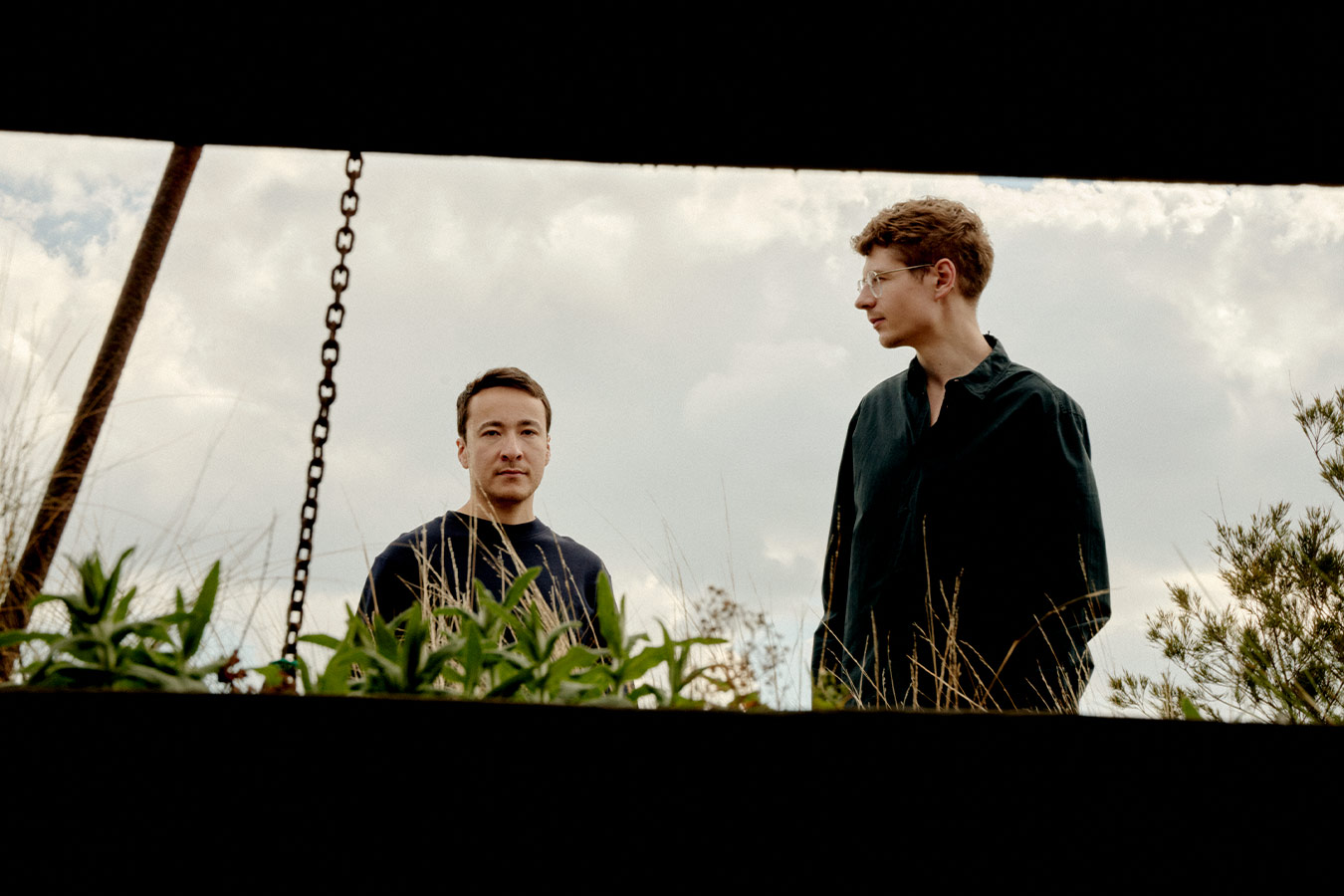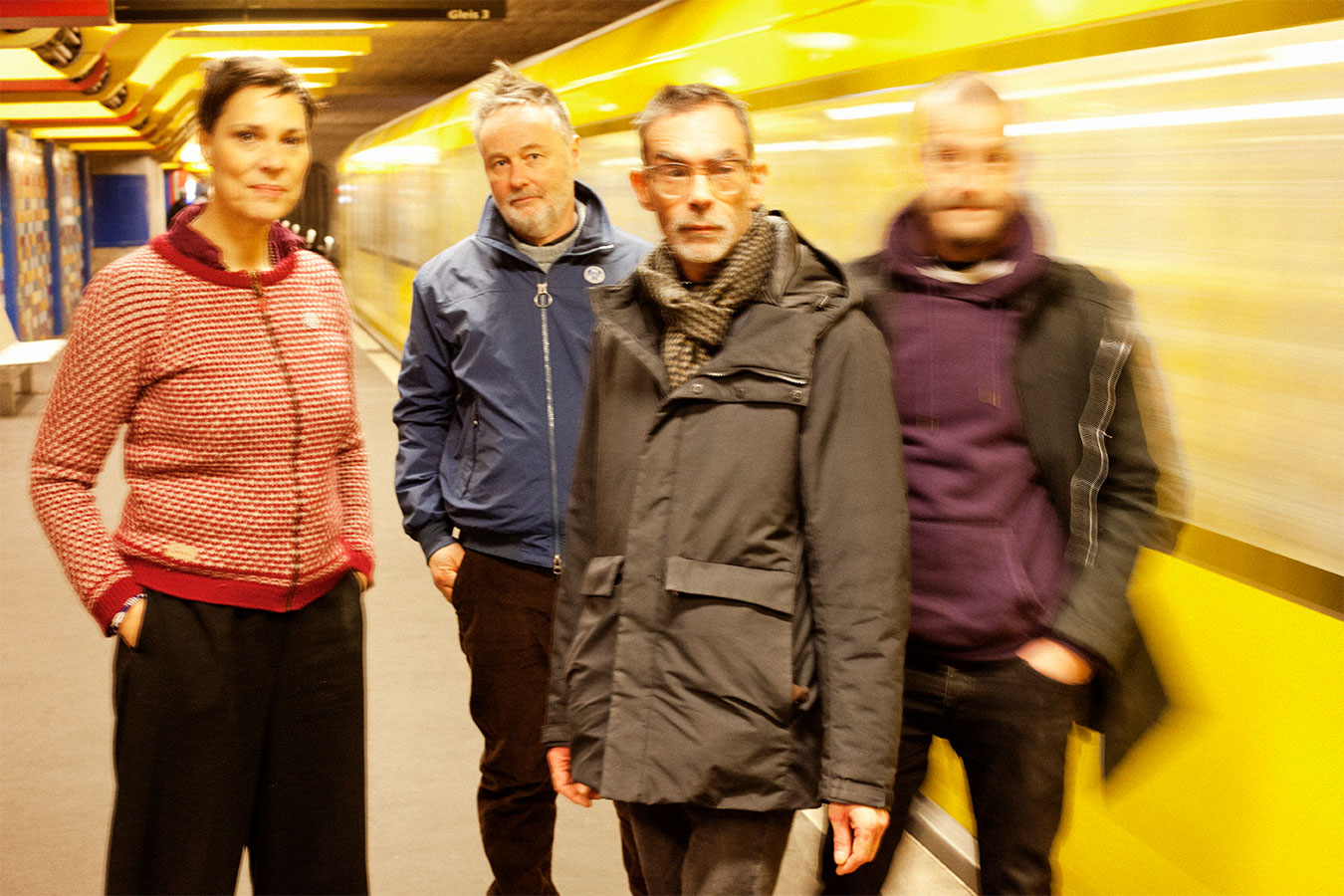Some background reading on Alix Pearlstein for those of you still cramming for Ballroom’s Friday opening of our installment in the Artists’ Film International series. Click here for all the details.
From the December 2012 issue of Artforum:

From “The Nothing Act”, a profile of Alex Pearlstein’s recent work in the April 2013 issue of Art in America:
The circling camera of The Drawing Lesson was a device Pearlstein also used for her 2008 show at the Kitchen. Having created the four-channel video After the Fall in the venue’s black box theater downstairs, she then showed the piece in the white box gallery upstairs, alluding to the differing modes of performance in theater and art. Filmed using a set of four cameras, the video first shows a couple on the verge of having sex, and then the interplay between two groupings of actors, one in pink-and-red costumes and the other in gold-and-black. A couple of the actors feign injury from altercations. The way the actors are divided by costume and actions harkens back to Pearlstein’s earlier, more allegorical work. But the constant observation of the actors by the camera, as well as the greater immediacy of their connection with the viewer, makes the work feel more elemental. Building on such effects, Pearlstein went on to adapt the premise of the musical A Chorus Line (the 1975 play and 1985 film) for her video Talent (2009). A Chorus Line, which ran for over 6,000 performances, setting a Broadway record, is about actors auditioning for parts in a new musical. They laugh, cry, sing, dance and tell heartbreaking stories about themselves and their careers. Pearlstein stripped the musical of its songs and dialogue, leaving only the wondrous, spontaneous ephemera of actors at an audition: waiting, hopeful, bored or yearning for attention. At one point they share a loaf of bread. They turn their acting personas on and off and mingle occasionally, though they mostly stay in line as the camera moves in a parallel track back and forth across them.
Continue reading …
And finally, an excerpt from a Q&A between Pearlstein and John Pilson in the Winter 2013 issue of BOMB:
JP You’re an artist who has not become all consumed by video, but who sees the opportunity of it containing everything. I remember asking you for advice about how to edition things. I was feeling a little insecure about DVDs, thinking that I had to make nice boxes for them or something. You set me straight, “You have absolutely nothing to make up for. Everything you have to say has been put into that video. Nothing is required to make it more of an object.”
AP I’m glad I said that.
JP Those anxieties never exactly go away, but what you said really helped. It also seems completely in line with your work because it never points outside of itself. You rarely seem to be imitating anything: your videos don’t look like movies or TV shows, and they’re not cinematic, necessarily. Everything in them is active: the camera, ideas about performance, acting, figures, and space. Everything is competing for our attention. Anybody using the moving image has to contend with genre. With TV, you could measure in milliseconds how long it takes to know what you’re looking at: the news, porn, a documentary, or a reality show. Video artists have to contend with that, but they also have a great opportunity to question the assumed passivity of the viewer.
AP I consciously evade genre. Although, there are moments that may suggest a genre, say sci-fi in Light (2012) or suspense in Distance (2006)—but the suggestion is misleading, impure, and it doesn’t hold.
JP One does get the sense in your work that you’re scrutinizing something, or many things at once. I’m curious about what those things are?
AP The center point of what I’m thinking about right now is the affective space and the fundamental relationship between the camera, the viewer, and the subject—and what activates it. Camera movement, positing the camera as a viewer, and the gaze from the subject to camera can activate this. Light and sound can activate that space too. In both works up now at On Stellar Rays—The Drawing Lesson (2012) and Moves in the Field (2012)—a powerful light and a shotgun mic are mounted on the camera. As the camera nears, the subjects become very brightly lit, almost blown out, spotlighted, and you can hear their breath. These elements act to implicate the viewer.
Keep reading in BOMB.
—————————–
The opening reception for Artists Film International — Alix Pearlstein takes place Friday, 19 July 2013 from 6–8pm. There will be an exhibition walk-through with Alix Pearlstein on Saturday, 20 July 2013 at 10am. All events are free and open to the public at Ballroom Marfa.








